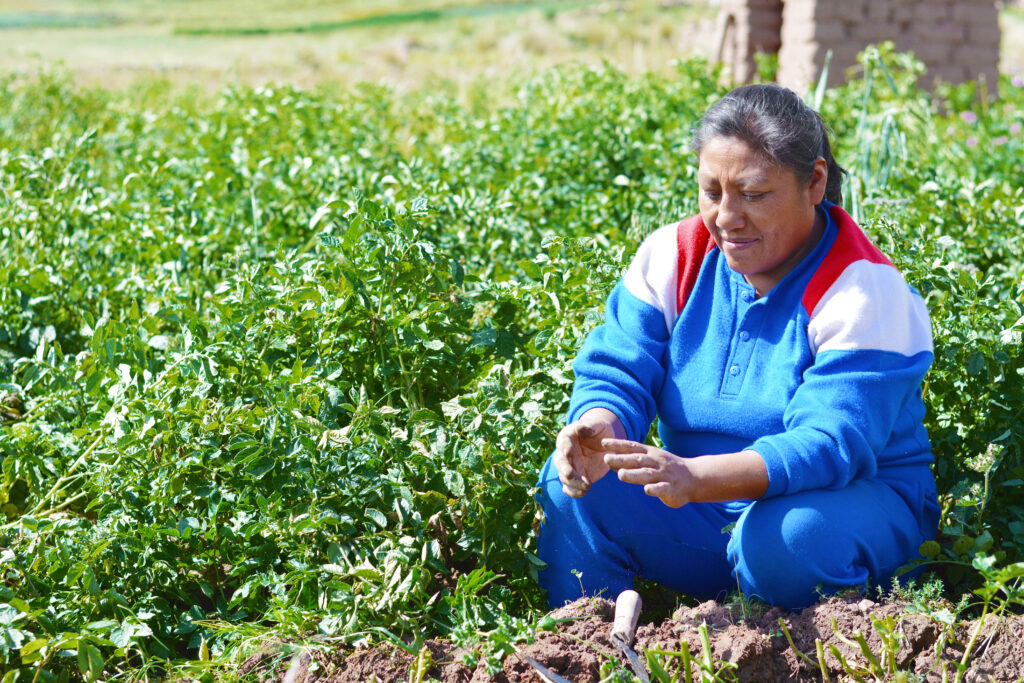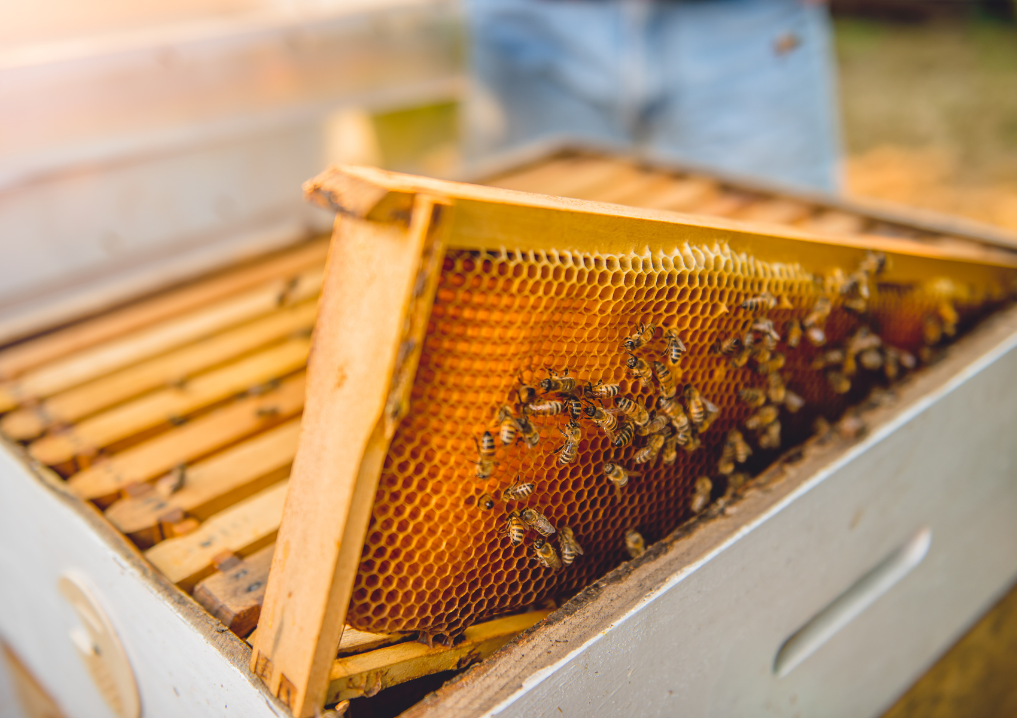Good health begins with nourishment, but food poverty is epic in the United States – and it’s an ongoing dilemma in Indigenous communities, where 1 in 4 Native Americans is food insecure. In Arizona’s Apache County, home to the Navajo Nation, the Zuni tribe, and the Fort Apache tribe, the rate is 30 percent. One reason: many tribal communities live in “food deserts,” without nearby grocery stores or farmers markets. Instead of enjoying access to fresh produce, they pay higher prices for lower quality meals at fast-food restaurants and convenience stores.
In addition to influencing academic performance and professional success, good nutrition is entwined with good health. As Hippocrates said, “Let food be thy medicine, and let medicine be thy food” – a saying especially relevant when it comes to treating the diabetes, obesity, and hypertension that are so prevalent in Indigenous communities.
But correcting food insecurity is about far more than putting dinner on the table. At its heart, it’s about reestablishing food sovereignty for Native Americans.

Food Sovereignty and Community Revitalization
If you haven’t heard of the food sovereignty movement, its goal is to reconnect Indigenous communities to healthy and culturally relevant food. In many tribal areas, Native American diets have been degraded by poverty, forced assimilation, geographic loss, and environmental poisoning.
Consider the White Mountain Apache tribe, who once planted crops like corn, beans and pumpkins, in addition to hunting and foraging. When President Grant’s 1871 Executive Order moved them to a new reservation, they lost traditional hunting and gathering lands, which limited their food culture. Unsustainable commercial timber exploitation reduced their food sources even more and eroded the soil; forced boarding school disconnected young tribal members from farming knowledge. Today the tribe restores their nutritional, cultural and collective health through Ndée Bikíyaa, The Peoples’ Farm, which has developed acres of farmland to sell produce at farmers markets, organize harvest festivals, and educate students on farming.
In other words, food sovereignty programs go beyond solving hunger. Some try to increase local farmers markets and grocery stores, while others plant community gardens, strengthen agricultural systems, and build ranches. Many focus on educating younger generations of Native Americans. In doing so, they help improve healthcare outcomes across entire tribes – and build positive nutritional habits that can span generations.
Cultivating Healthier Sustenance
Native American food sovereignty initiatives have already achieved a transformational effect in many areas. Consider these examples:
~ The Native American Food Sovereignty Alliance offers culinary programs that include mentoring, hands-on educational events, and entrepreneurial opportunities to serve traditional foods in Indigenous communities. In addition to enjoying healthier food ecosystems, tribes benefit through economic development and fresh career pathways for their members.
~ Cherilyn Spears of Red Lake Nation launched a food security program called Gitigaanike that was invaluable during the pandemic, growing fresh pesticide-free food and hemp and nurturing a bison herd that’s restoring the local ecosystem. Today her organization delivers food boxes to Elders, turns hemp into construction building material, and provides fresh vegetables to schools and casinos.
~ Coffee Pot Farms in Navajo Nation provides gardening classes, food tastings, and agricultural education. Creator Cherilyn Yazzie discovered that chronic disease rates were rising dramatically in the Teesto Chapter of the Navajo Nation, a small community living in a vast food desert. To address the frightening rise of diabetes, high blood pressure, and cancer, she created the 36-acre Coffee Pot Farms, based on her belief that “food is the first medicine, as it comes from Mother Earth, and that food sovereignty is the critical first step to creating healthy communities and healthy families.” The farm grows nutrient-dense foods like chilis, tomatoes, garlic, white corn, broccoli, squash, radishes, and peppers; the crew also educates residents on how to grow their own food, set up rain catchment systems, and build healthy soils.
~ The Rosebud Sioux Tribe launched the Sicangu Food Sovereignty Initiative, which helps reconnect local communities to healthy food sources. One project, The Keya Wakpala Garden, teaches people how to grow their own crops; other projects work with local schools to teach students about traditional diets, and host wild food harvesting and weekly cooking classes. The Initiative also runs a seasonal farmers’ market to sell fresh produce and locally ranched meat.
~ The home of the Quapaw Tribe is the Tar Creek Superfund site. After lead and zinc mining contaminated their groundwater, ponds, river and soil, many tribal residents experienced severe health problems. A grant from the Environmental Protection Agency has helped them mend the soil and create ponds, allowing the tribe to ranch beef and bison, operate greenhouses, farm 2000 acres of crops, and keep 70+ beehives. As a result, the tribe has increased fresh produce offerings at local convenience store and donates about 20,000 pounds of meat each year to their schools, elders, and daycare centers.

Nourishing the Future of Indigenous Health
March is National Nutrition Month, which makes this the perfect time to think about how we nourish our communities. If you’d like to learn more about the Native American food sovereignty movement, check out the documentary Gather or consider visiting a public harvest or food festival on Tribal lands. Healthy nutrition is a matter of both education and abundance – and even small steps of progress can create a well-nourished world.

